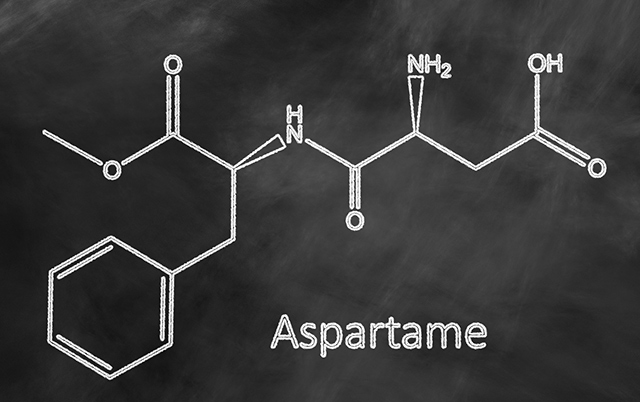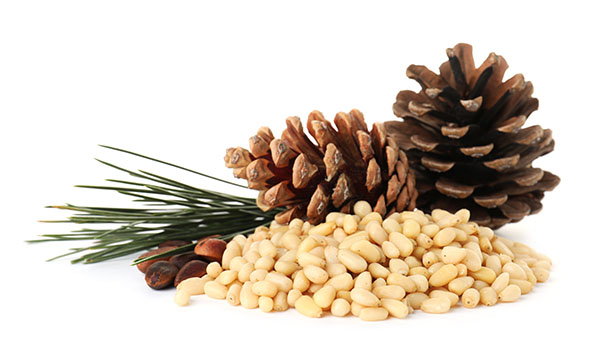
Under normal circumstances, plants get their energy using a process called photosynthesis. To be specific, it's the process by which energy from the sun is converted into chemical energy. Interestingly enough, the process isn't just limited to plants: It can also be seen in algae and certain bacteria. The process occurs in the chloroplasts, intercellular compartments found in green organs like leaves.
Certain conditions interfere with photosynthesis: In nature, it's when plants are shaded by neighboring plants from the sun. In an agricultural setting, however, it's when plants receive insufficient sunlight because of unusual weather or natural disasters like flooding. This leaves the plants without an energy source for photosynthesis.
In a previous report, researchers had already shown how plant chloroplasts are digested using autophagy when the host plant is starved for energy.
Of course, autophagy shouldn't be a cause for concern. Simply put, it's the normal process of destroying a cell and using what's left to create a new one. This is an essential process of cellular development, as this allows the host to survive extreme cases of both external stress – such as nutrient deprivation – and internal stresses like that of pathogen invasions and damaged organelle build-up. Autophagy isn't just limited to plants – it also occurs in fungi, slime mold, nematodes, fruit flies and insects, rodents, and humans. (Related: Strict eating and fasting schedule cleans the blood: Study finds it could clear out proteins that cause Huntington’s disease.)
Surviving stressful conditions
In the study, the research team focused on how chloroplast-targeted autophagy improved a plant's survival under low-energy stress conditions. "We hypothesized that chloroplast-associated autophagy is closely linked to the amino acid metabolism in energy-starved plants," study co-author Dr. Masanori Izumi added. To test this, they examined the thale cress plant (Arabidopsis thaliana) after it was transferred into complete darkness, exposing it to hunger stress. They observed that the plants were able to grow for several days despite their condition because of the rapid autophagic digestion of chloroplast proteins.
The process also resulted in increased amino acid levels. In particular, they discovered that wild A. thaliana plants showed higher levels of branched-chain amino acids (BCAAs: valine, leucine, isoleucine) than that of mutated plants without an autophagy mechanism. "The mutants lacking enzymes required for the reuse of BCAAs as an energy source also showed the reduced tolerance to hunger stress – we expect that autophagy and BCAA reuse pathways cooperate in plants to overcome such stress," added Izumi.
According to the team, this process has real-world benefits, especially in agriculture. When a plant undergoes autophagy, the amino acids that result from it are deposited into seeds before they are harvested – with seeds in cereal crops being one example. The findings, they add, revealed that autophagy could be used to control a plant's amino acid use, and exploring its regulation mechanism in chloroplast could lead to new ways to improve the quality and yield of certain crops.
Learn even more ways to increase the quality and quantity of your crops by heading to Harvest.news today.
Sources include:
Please contact us for more information.























